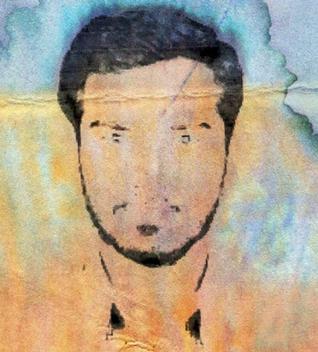Investigators get inside view of 26/11 control room
Zabiuddin Ansari, the Maharashtra-born 26/11 suspect deported from Saudi Arabia and now held in New Delhi, has provided investigators with their first direct evidence on how Lashkar-e-Taiba controllers directed the 10-man assault team which attacked Mumbai in November 2008, intelligence sources have told The Hindu.
Key among them, sources claimed Mr. Ansari as telling them, was Sajid Mir, the Lashkar’s top commander for transnational operations — the man believed to have had overall control of the operation. David Headley, the Pakistani-American jihadist convicted last year for his role in the undercover reconnaissance operation that preceded the attack, told the Federal Bureau of Investigation Mir had worked closely with Pakistan’s Inter-Services Intelligence Directorate.
Muzammil Butt, a Lashkar operative previously in charge of the terrorist group’s Jammu and Kashmir operations, provided military guidance to the assault team as the attack unfolded, the sources said Ansari had told them. Butt at one stage told two terrorists that Indian troops who had surrounded the building might try to bring it down with explosives, saying similar tactics were used in Jammu and Kashmir.
Lashkar ideologue Zaki-ur-Rahman Lakhvi is also said to have been in the control room, along with his lieutenant Mazhar Iqbal, who used the alias Abu al-Qama. Lashkar’s computer expert Abdul Wajid — who used the code-name Zarar Shah — supervised the working of the control room.
Ansari, intelligence sources said, claims to have been recruited to the plot in the summer of 2008, and at first charged with giving the assault team Hindi lessons — part of a plan to pass off the operation as the work of Indian jihadists. In his testimony to Indian investigators, surviving 26/11 assault team member Muhammad Ajmal Kasab had said his 10-man unit was given lessons by a man they knew by the alias ‘Abu Jundal’.
The control room played a key role in keeping the sometimes-befuddled attackers on track. Instead of immediately opening fire inside the Taj Hotel, for example, the terrorists paused to admire the surroundings. ‘There are computers here with 30-inch screens,” one said. “It’s amazing, the windows are huge,” another added, “it’s got two kitchens, a bath and a little shop.”
Bhat, however, responded with firm orders: “How hard is it to throw a grenade? Just pull the pin and throw it.”
Police accounts of Ansari’s custodial statements — which cannot, under Indian law, be used as evidence against him — closely mirror testimony earlier given by Headley to the Federal Bureau of Investigation.
Ansari, legal sources said, had been produced in the court of chief metropolitan magistrate Vinod Yadav late on the evening of July 21, hours after he landed in New Delhi. The Delhi Police did not, however, inform Mr. Yadav of the 26/11 charges, and sought custodial remand of Ansari on the basis of a 2011 First Information Report relating to offences under the Unlawful Activities Prevention Act, the Explosives Act and the Passports Act.
“He had really dishevelled hair and a long beard,” a witness told The Hindu. “Frankly, he looked more like a drug addict dragged off the street than a top terrorist,” a witness told The Hindu.
Meanwhile, Mr. Yadav gave the Delhi Police a week to respond to an application moved by their Mumbai counterparts seeking Ansari’s custody. Mumbai’s chief metropolitan magistrate on Tuesday issued a warrant saying Ansari was required to be produced before his court, for multiple terrorism-related charges.
National Investigation Agency officials, who are also handling the 26/11 case, said they had no immediate plans to seek custody of Ansari.
source by the hindu












